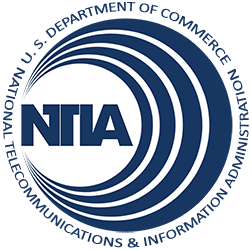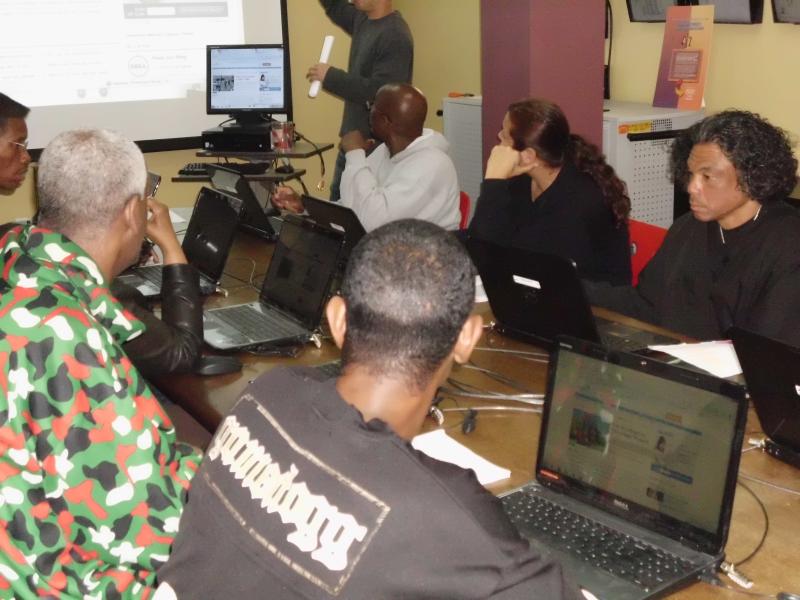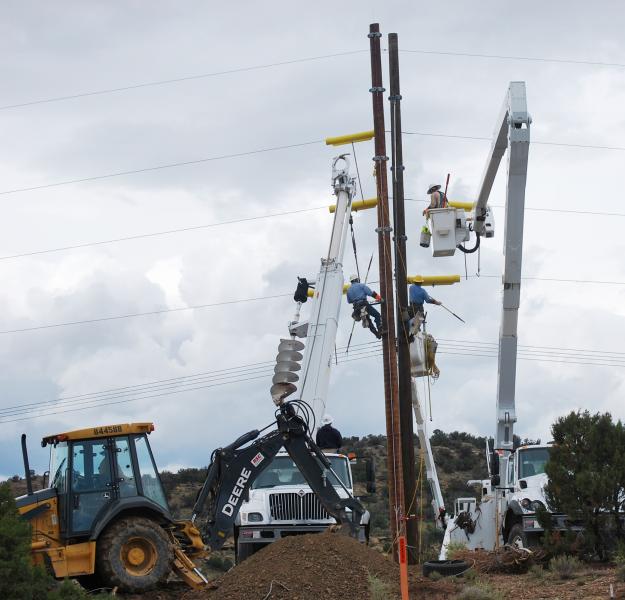BTOP Case Study Three: Mark Shlanta, CEO, SDN Communications
As part of our BTOP series: Tales from the Front Lines, today we are highlighting South Dakota infrastructure grantee SDN Communications.
SDN Communications, a partnership of 27 independent telecom providers covering 80 percent of South Dakota, is using a Recovery Act grant to expand its 1,850-mile, 300-gigabit-per-second fiber-optic network by another 360 miles and add an additional 100 gigabits of bandwidth along high-capacity routes. The project will enable SDN to deliver broadband speeds of at least 10 megabits per second to 300 anchor institutions that will be added to the network, including schools, libraries, hospitals, clinics, public safety agencies, government buildings and National Guard facilities. It will also deliver faster connections to more than 220 anchor institutions already on the system.

SDN construction crew at work


